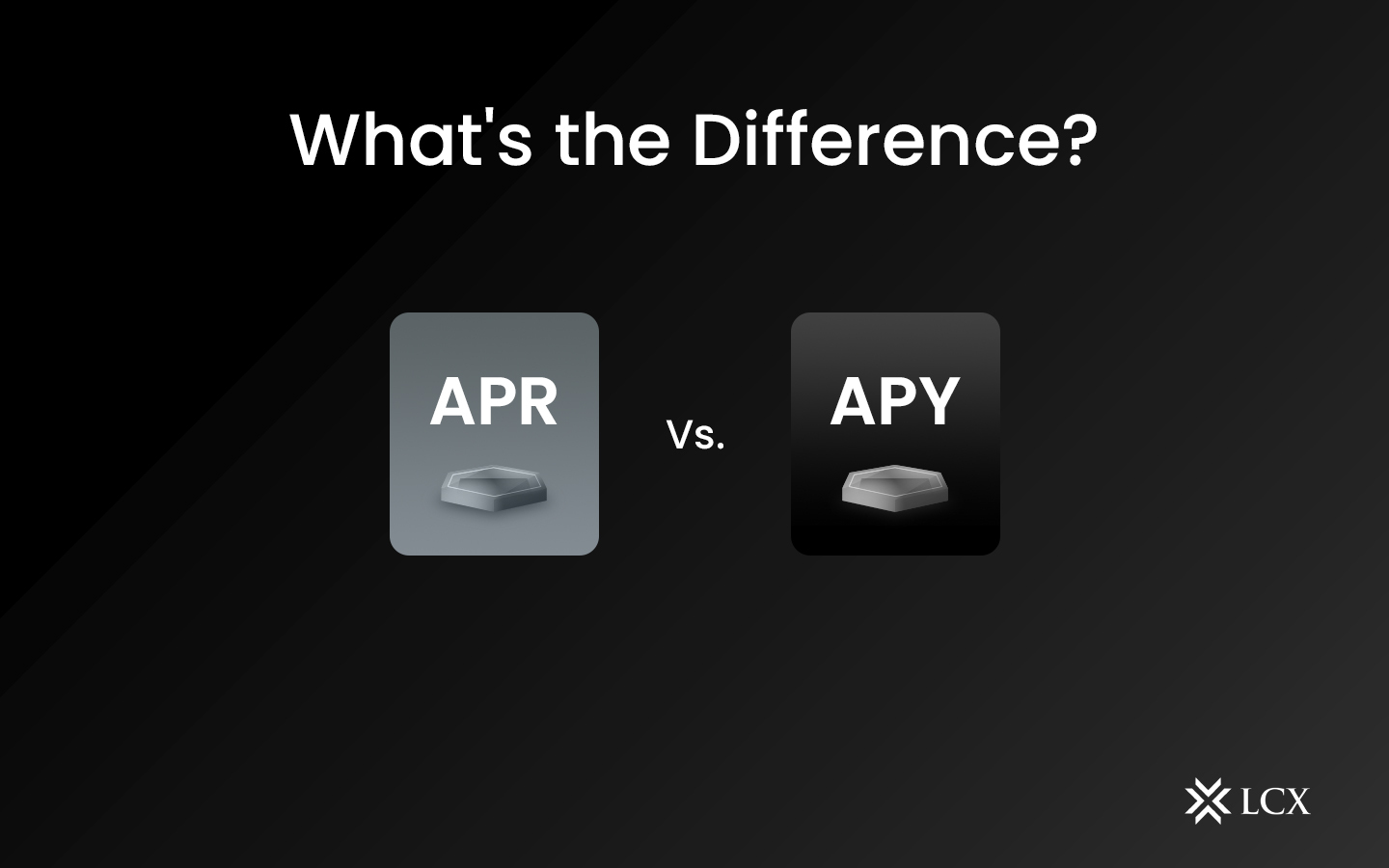It’s easy to see why people might get the terms APR and APY mixed up. Both are employed in the calculation of interest for investment and credit products. When they are implemented to your account balances, they have a significant impact on how much you earn or must pay.
However, whereas APR and APY might very well sound very similar, they are not the same thing. For starters, APY considers compound interest, whereas APR, or annual percentage rate, does not.
APR
Financial institutions frequently use APR to promote their credit products because it appears that borrowers ultimately pay less in the long run for accounts such as mortgages, loans, and credit cards.
APR does not account for interest compounding within a given year. It is determined by multiplying the recurring interest rate by the number of intervals in a year that the periodic rate is applied. It is not specified however many times the rate is implemented to the balance.
APR is calculated as follows:
APR = Periodic Rate x Number of Periods in a Year
APY
Investment firms typically advertise the APY they pay to attract investors because it appears that they will earn more on individual retirement accounts (IRAs), certificates of deposit (CDs), and savings accounts. In contrast to APR, APY considers the frequency with which interest is implemented impacts intra-year compounding. This seemingly insignificant distinction can have significant implications for both investors and borrowers. APY is calculated by adding 1+ the periodic rate in decimal form and compounding it by the number of times equivalent to the total of periods for which the rate is applied, then subtracting 1.4.
Here’s how APY is calculated:
APY = (1 + Periodic Rate)Number of periods – 1
What are the differences between APR vs APY in terms of interest rates?
Because the APR will give you an idea of the costs you’ll encounter with a loan or credit card , you want it to be low. In fact, when looking for the best APR, look for the smallest amount possible, and ensure you see the classic APR, not just an instance prefaced with the words “as low as.” In the case of APY, you want to know how much interest you can earn from a potential account or investment. That means you’ll want as high an APY as possible.
Are APR vs APY calculated differently?
Both APY and APR are calculated using interest rates, but they also take into account other factors. APYs provide the most accurate estimate of an account’s earning potential, whereas APRs provide an estimate of what you could owe.
Because they are displayed over a single year, they are much more precise than the interest rate alone. Consider savings accounts that offer a higher interest rate for the first 3 months, or credit cards that offer 0% introductory rates. Comparing accounts based solely on interest rates can be less precise than using APR and APY.
APR vs APY: The big difference is compounding
The principal balance is affected by the frequency of compounding. Assume you have $5,000 in your savings account in it that earns a 2% APY compounded monthly. Assuming no additional deposits are made, the month – to – month compounded account will have a balance of $5,100.92 at the end of one year. If that similar account were compounded yearly, the end-of-year balance would be $5,100.00. That may seem like a minor difference, but consider what would happen if you deposited $100 each month into the accounts for each scenario.The monthly compounded account would have a balance of $6,311.98 at the end of the year, while the yearly compounded account would have a balance of $6,300.00. In other words, the larger the balance, the greater the impact of compounding on the balance.
The Bottom Line
Both APR and APY are critical concepts to grasp when handling your personal finances. The larger the gap between APR and APY, the more frequently interest compounds. When looking for a loan, applying for a credit card, or looking for the best interest rate on a savings account, keep the various rates in mind.









